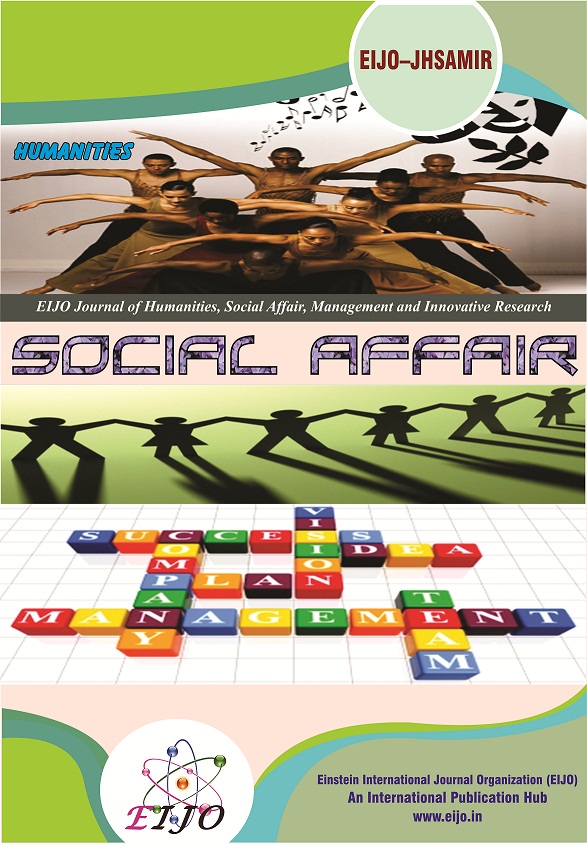JOURNALS || EIJO Journal of Humanities, Social Affair, Management and Innovative Research (EIJO – JHSAMIR) [ ISSN : 2455 - 927X ]
Abstract
Corporate social responsibility (CSR) is gaining more and more importance day by day. CSR is not only drawing the corporate magnates into its circumference, but is also luring educationists, social activists, reformists, from all over the world to delve deeper into it. Each year, thousands of not-for-profit; social services; educational; health care; and environmental organizations make pitches to corporate entities to help partially or fully fund projects they deem are for the common good. The goal of CSR is to embrace responsibility for the company’s actions and encourage a positive impact through its activities on the environment, consumers, employees, communities, stakeholders and all other members of the public sphere. The paper describes the CSR framework, trends and status of Corporate Social Responsibility in India. Corporate responsibility or sustainability is therefore a prominent feature of the business and society literature, addressing topics of business ethics, corporate social performance, global corporate citizenship, and stakeholder management.
Keywords: Corporate Social Responsibility (CSR), Global corporate citizenship, Ethics.
[1]. Ackerman, R. W. (1975), The Social Challenge to Business, Harvard University Press, Cambridge, MA
[2]. Branco, M., and Rodrigues, L. (2006), “Corporate social responsibility and resource-based perspectives”, Journal of Business Ethics, Vol. 69 No. 2, pp. 111–132.
[3]. Blumenfield, M (2008), “Brand rankings find top CUS have one thing in common: they stay true to values”, Credit Union Journal, Vol. 12 No. 36, p.16
[4]. Carroll A. 1999. Corporate social responsibility – evolution of a definitional construct. Business and Society 38(3): 268–295.
[5]. Carroll A. 1991. The pyramid of corporate social responsibility: toward the moral management of organizational stakeholders. Business Horizons 34(4): 39–48.
[6]. Desai, V. 2016. Under the radar: Regulatory collaborations and their selective use to facilitate organizational compliance. Academy of Management Journal, 59: 636–657.
[7]. Diestre, L., & Rajagopalan, N. 2014. Toward an input-based perspective on categorization: Investor reactions to chemical accidents. Academy of Management Journal, 57: 1130–1153.
[8]. Earle, J. S., Spicer, A., & Peter, K. S. 2010. The normalization of deviant organizational practices: Wage arrears in Russia, 1991–98. Academy of Management Journal, 53: 218–237.
[9]. Elsbach, K.D.,&Sutton, R. I. 1992.Acquiring organizational legitimacy through illegitimate actions - a marriage of institutional and impression management theories. Academy of Management Journal, 35: 699–738.
[10]. Gupta, Radha. (2012). Emerging trends of Corporate Social responsibility in India- An Overview, IJBMR, vol.2, issue 1, ISSN: 2249-6920, PP. 39-49.
[11]. Ghose, Soheli. (2012). A look into Corporate Social Responsibility in Indian and emerging economies, International Journal of Business and Management Invention, Volume 1 Issue 1, PP.22-29.
[12]. Khanna, Parrul & Gupta, Gitika. (2011). Status of Corporate Social Responsibility: in indian context. APJRBM, Volume 2, Issue 1, ISSN. 2229-4104.
[13]. Usha, L. (2012). Corporate Social Responsibility in India – A way to Socio Economic Development, Indian journal of applied research, Volume : 2, Issue 2, ISSN - 2249-555X



